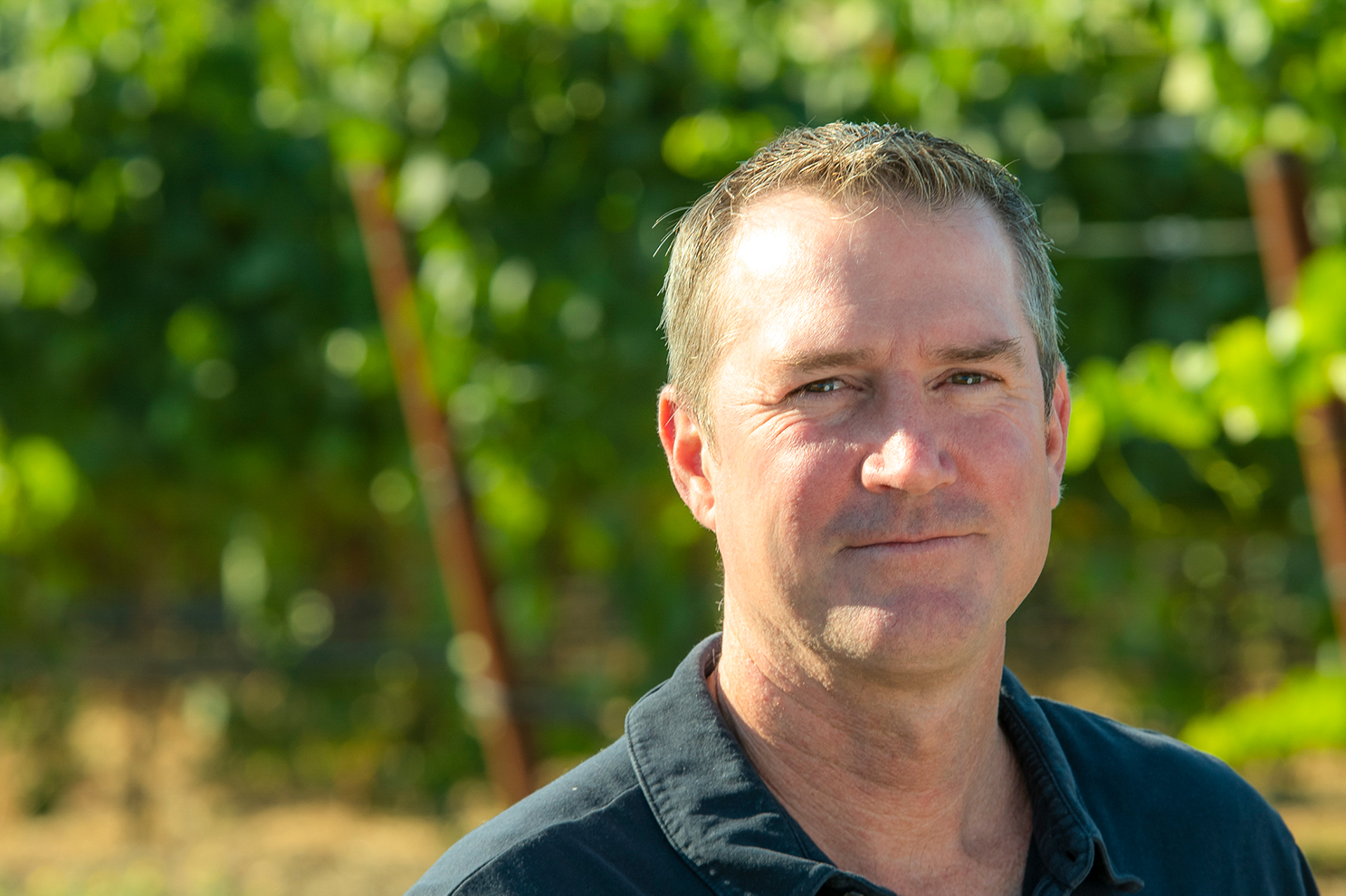Founded by the Taittinger family of Reims, France, Domaine Carneros is first and foremost a sparkling wine house, and with a heritage as distinguished as that of Champagne Taittinger, it's no surprise all of our California sparkling wines are produced using the exacting méthode traditionnelle.
While méthode traditionnelle is the most time consuming and costly way to produce sparkling wine, we knew there was simply no other option, for it produces the world’s finest sparkling wines: rich and complex with bubbles that create a pleasant, tingly, and creamy sensation on the palate.
The X-Factors
And yet, méthode traditionnelle is only one important factor in our finished product. As with all great wines, the difference begins in the vineyards. The finest sparkling wines are crafted from cool climate Chardonnay and Pinot Noir and our homebase of Carneros, just like Champagne, France, is considered "Region 1," the coolest of the five designated regions. Our grapes are also harvested in the cool of the night to ensure minimal bitterness and tannin in the resulting juice.
Once in the winery cellar, it’s time for blending. Our sparkling wines are first made like still wines, which are then blended into cuvées -arguably the most crucial step in the sparkling winemaking process. Sparkling winemaker Zak Miller and his team taste through every single vineyard block and fermentation and then carefully select the ones that will come together to create the best wine possible. "Bringing everything together so each blend has its own signature and personality is something I enjoy very much," says Zak. "There is no recipe, it's really about relying on my experience and passion to create something that will evolve in bottle and emerge as a wine that will bring people joy."
And Now, for the Long Finale
Once the blends have been established, we start the long, patient process of méthode traditionnelle. The best known distinction of this technique from other sparkling wine processes is that the wine undergoes a second fermentation in the bottle. Tirage, the addition of sugar and yeast to each bottle, is what ignites the second fermentation and creates those lovely little bubbles.
Our vintage-dated sparkling wines are aged in the bottle for at least three years, while the esteemed Le Rêve Blanc de Blancs is aged a full six years. Even three years is a rarity among sparkling wine houses, but the extra time on the lees (spent yeast cells) yields the rich complexity, seamless balance and delicious mouth-feel for which Domaine Carneros wines are known and loved.





